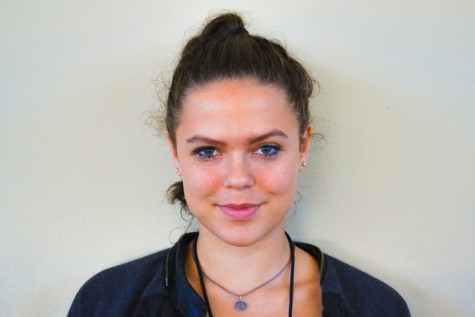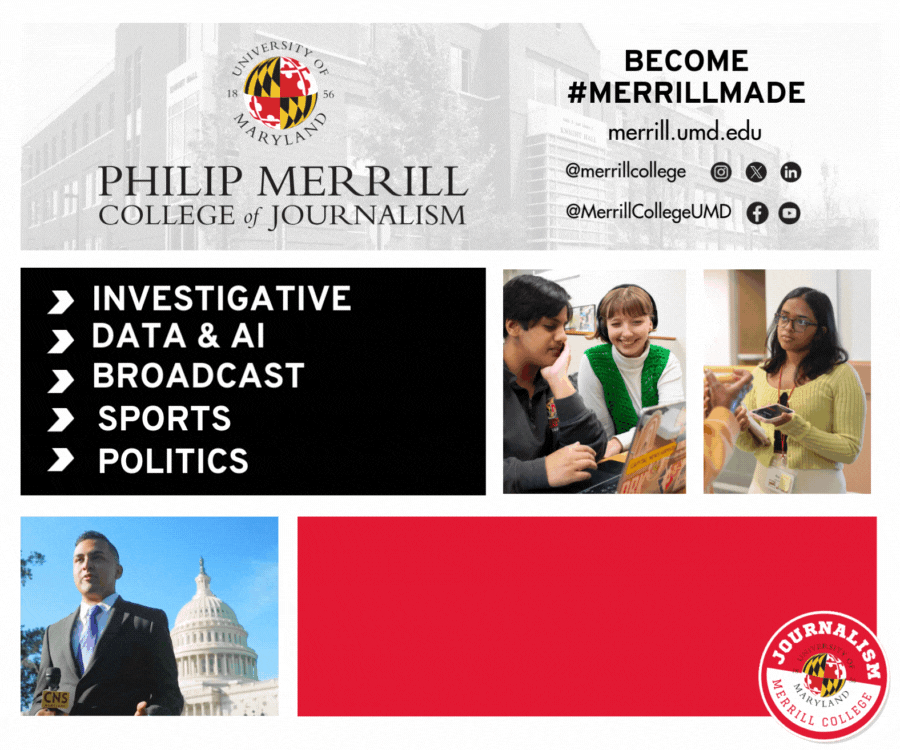What It’s Like To Be Me: “I’m deaf and I’m proud”
A sheet of the American Sign Language alphabet
February 5, 2016
Senior LaDasha Williams radiates optimism and resilience as her hands rapidly morph from shape to shape. “I’m a strong person,” she signs, “I’m deaf and I’m proud, and there’s nothing wrong with that.”
One of many students in the deaf/hard-of-hearing program here at ERHS, Williams communicates with American Sign Language (ASL), an independent language boasting its own grammar structure and syntax different from that of English. Mr. Donald Mahoney, a teacher of deaf/hard-of-hearing students at ERHS, interpreted for the interview, letting Williams’ self-described “positive,” “energetic,” “drama”-hating personality shine through.
“I’m so used to it, I grew up deaf,” she signed. “I don’t know any different.”
Williams started her education at Kendall Demonstration Elementary School (KDES) at Gallaudet University in Washington, D.C., a school for deaf children like herself. Growing up immersed in KDES’s deaf community, ERHS and its hearing environment dealt Williams a tough transition come 9th grade, albeit one that she could handle.
“At that school,” Williams explained of KDES, “I was so used to just signing all of the time… never spoke, never used a voice, nobody around does; everybody signs. Then, I came here… When I first came in, it was a mainstream situation. I was so awkward, I didn’t know what to do. I really needed somebody to help me… and they put me in a class with an interpreter, and I had never done that before, and then generally, eventually, I got used to it.”
Williams’ close friend, fellow ERHS deaf/hard-of-hearing student senior Iris Morales Villeda, spoke of Williams’ positivity and “motivation,” calling her “very honest” and “friendly.” “Suppose I almost give up,” said Morales Villeda, “she always encourages me.”
“She worked and worked so hard,” said Mr. Mahoney. She “turned out to be probably the best student I ever taught… She is a role model for all of the kids.”
Williams holds her teachers at ERHS in the same high regard, praising in particular her English teacher Ms. Yamada, who she called “very encouraging and friendly and positive and supportive”, as well as Mr. Mahoney.
“It’s more like a family, here, you know, in the deaf program,” Williams said. “We really have good teachers… They want to make sure we understand everything, so they really teach, teach, teach deep.” Ms. Yamada, for example, as Williams explained, helped her vastly improve her English skills. Much like how Spanish-language students often incorrectly combine English syntax with Spanish vocabulary, Williams explained how she used to write in English with ASL grammar structure. “I never realized that when I was writing, I was writing like ASL, you know, it wasn’t English. What I was writing was what I was signing,” she explained. “Ms. Yamada started to teach me that I really had to start practicing and practicing English, specifically English… and I slowly improved and improved from the freshman year.”
An aspiring event planner, LaDasha plans to study hospitality services in college. She has jump-started her career by planning events at ERHS, including various holiday parties for the ERHS deaf community as well as the “Free to Be Me” social gatherings where deaf students discuss their experiences in the hearing world. LaDasha helps with social media, and designs, constructs, and distributes event flyers in both English and Spanish.
Though she stated that she identifies much more with the deaf community than the hearing community, Williams dismissed the notion of an isolated deaf community at ERHS. “We’re mainstream, we’re in the flow of it,” she said. Deaf/hard-of-hearing students, for example, have open to them the full range of ERHS courses, with the assistance of an interpreter – Williams’ senior year schedule includes Sculpture, Technology Solutions, and Cooking.
Another example of this integration is Williams’ extracurricular involvement with the ERHS Dance Company. “I like dance a lot,” she said. “I like to listen to music.”
A deaf music-lover might seem oxymoronic, though, as Williams soon explains, many deaf students like music, feeling the beat and rhythm despite not being able to sufficiently hear the lyrics to comprehend them. “It’s not like I hear exactly what’s going on,” said Williams, “but I can hear the rhythm, and I can hear different kinds of sounds, different frequencies… But I’m not going to be able to understand the lyrics or anything like that.”
“I’m very lucky that I came here and learned to integrate and had the opportunity for mainstreaming, because this is much more like the real world that I’m going to graduate through to,” said Williams. “But I’m not… afraid of that, I’ll figure out how to fit in.”





Kimberly B. Alvarenga Franco • Sep 8, 2020 at 7:52 pm
This so beautiful! Each and every one of us are capable of anything. We all have different ways to try understanding what’s surrounding us, but as long as you try, that’s what matters!